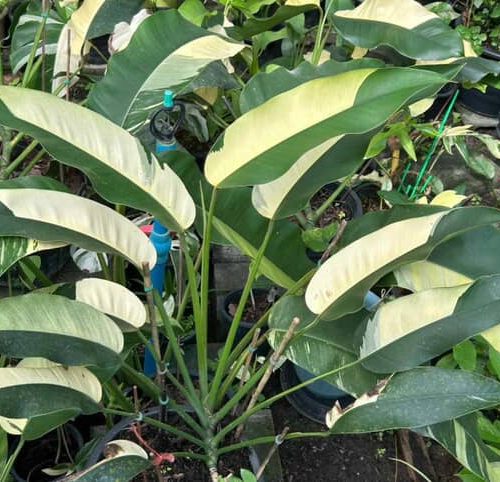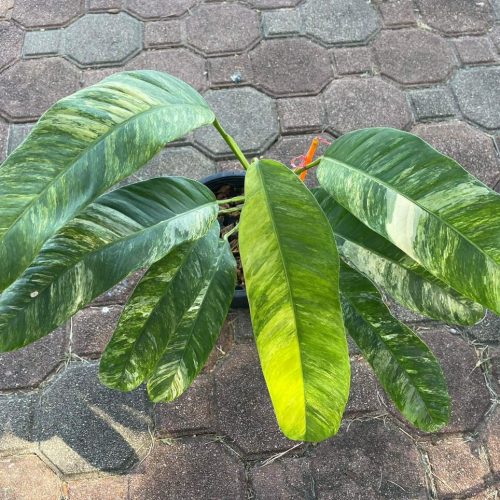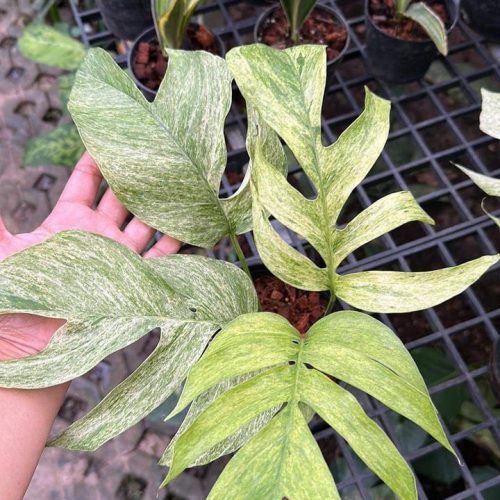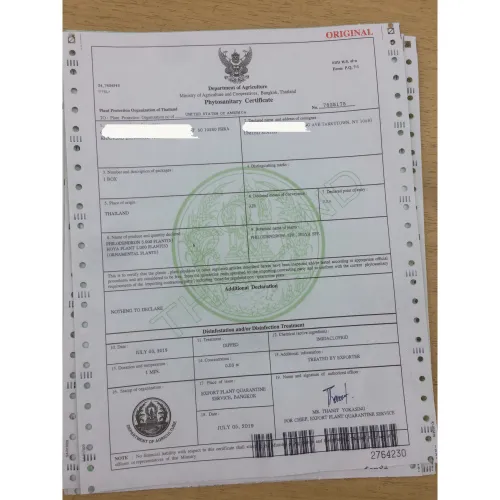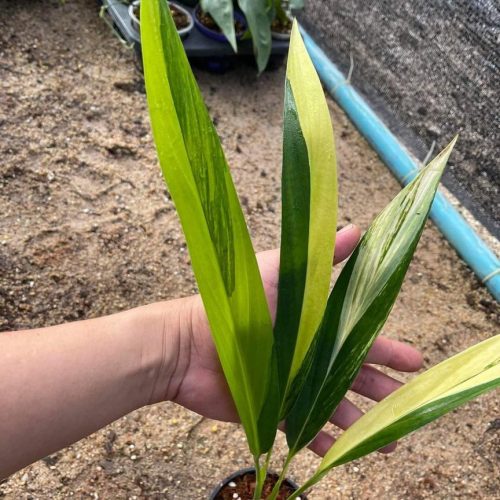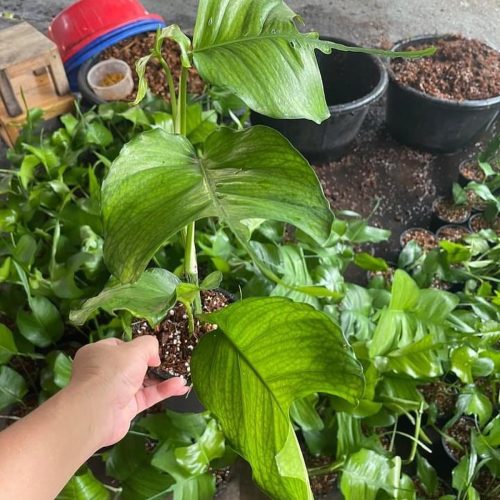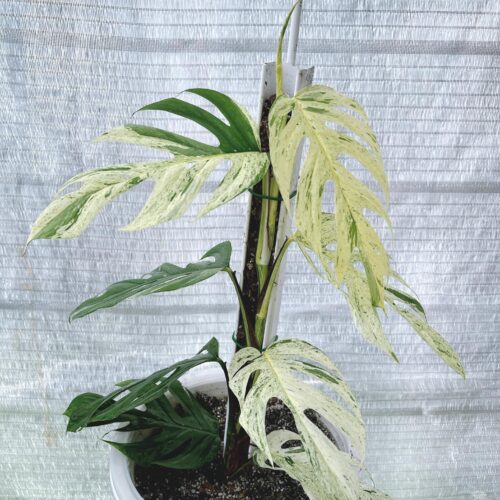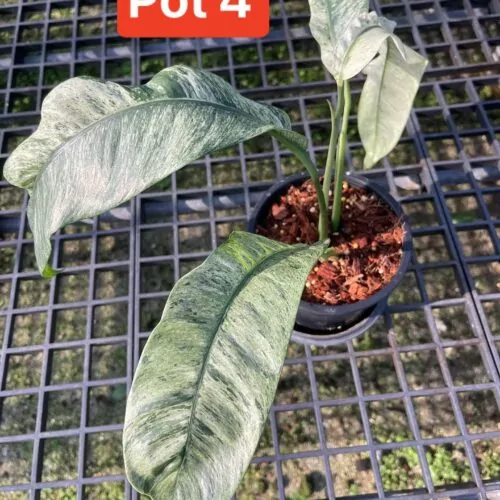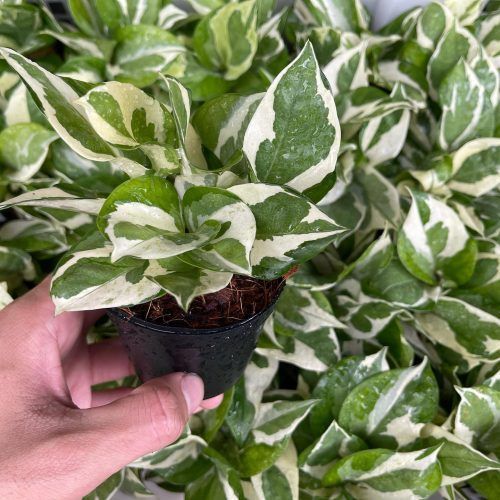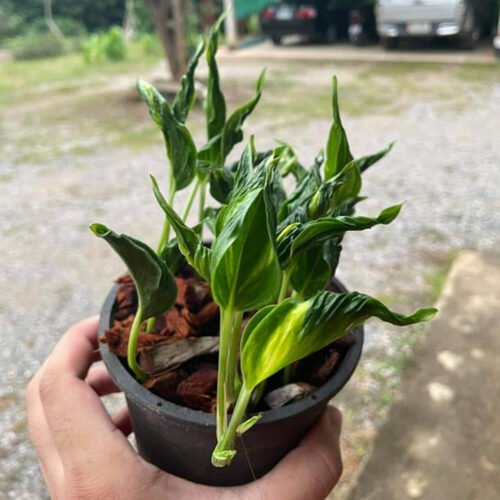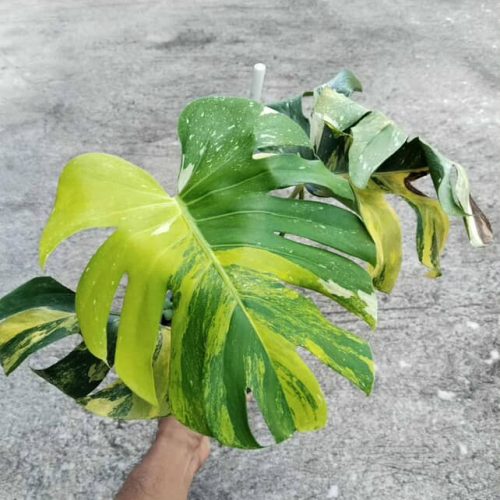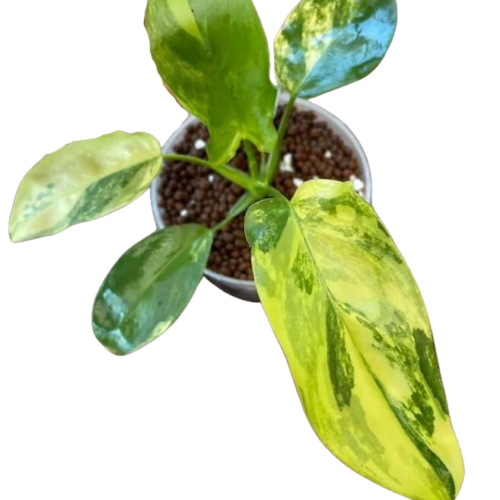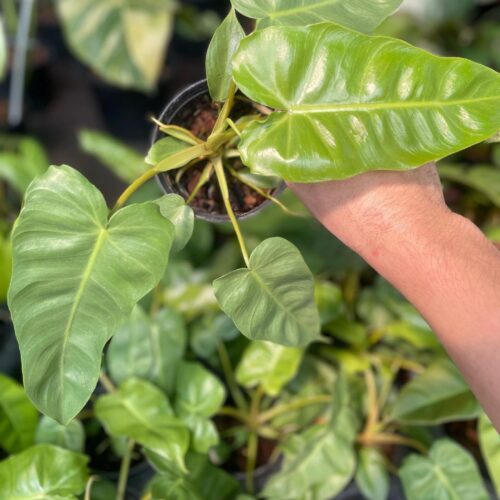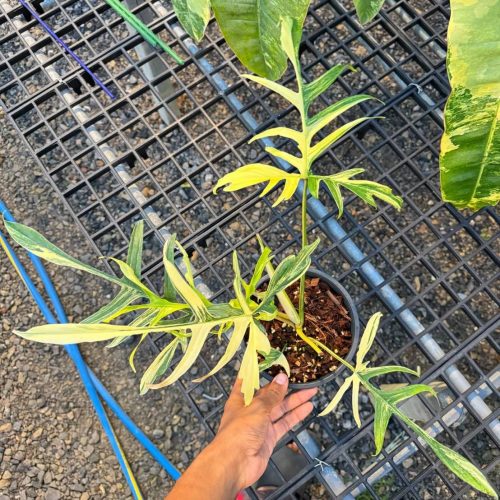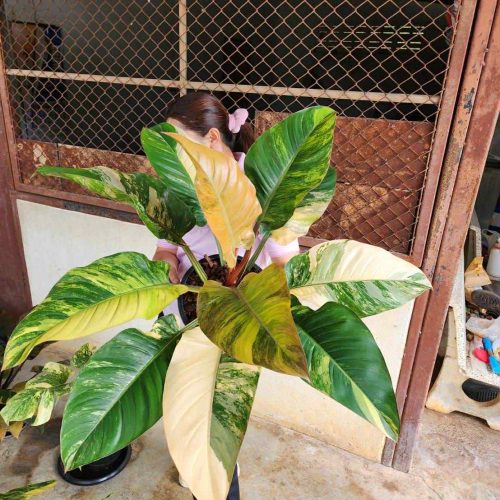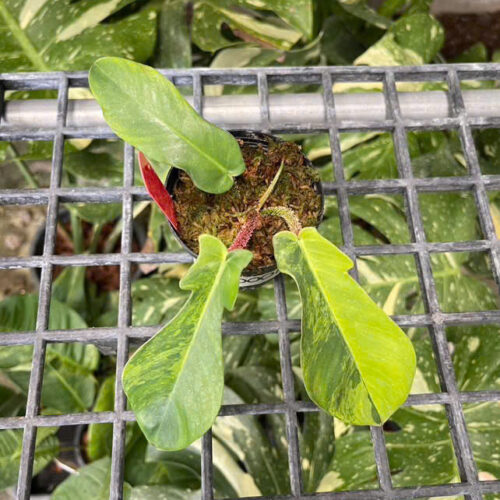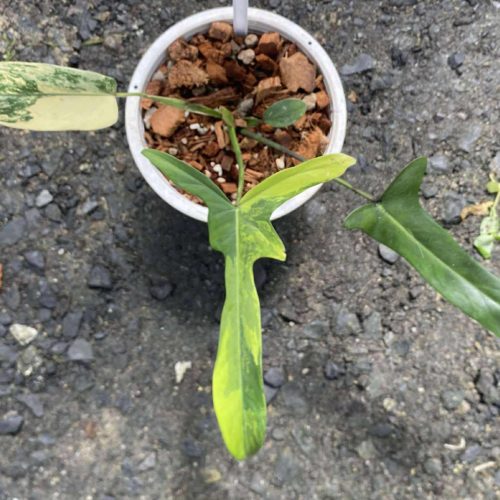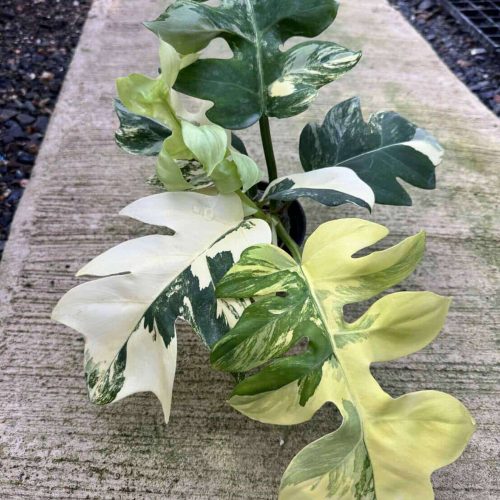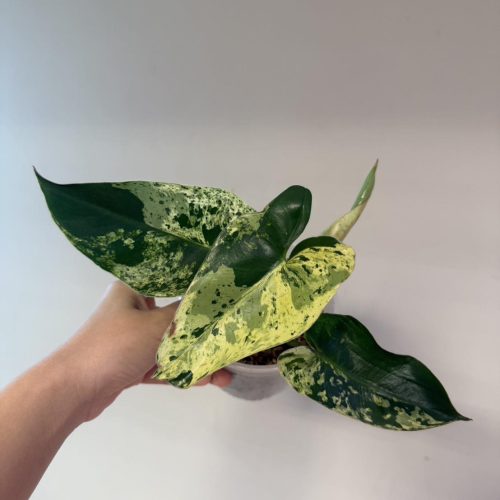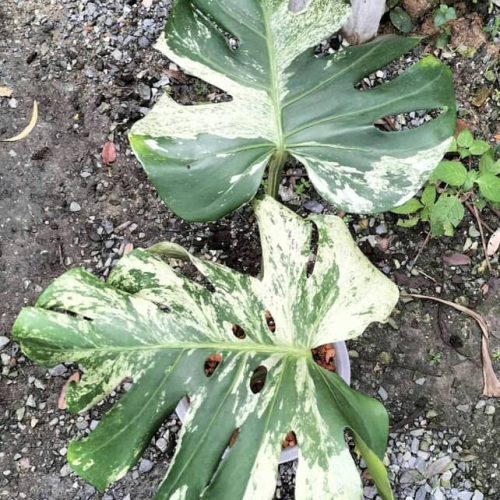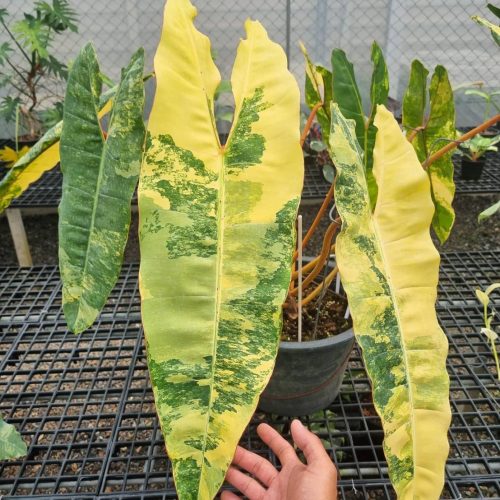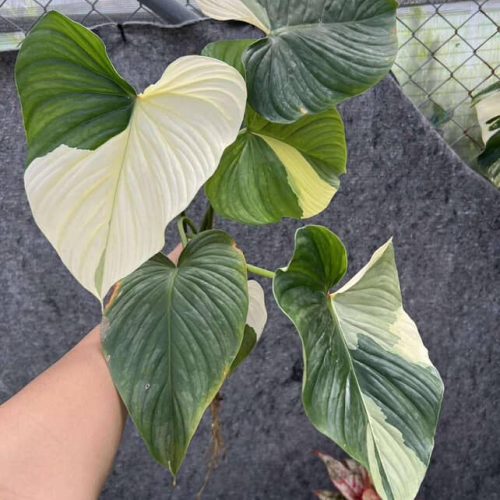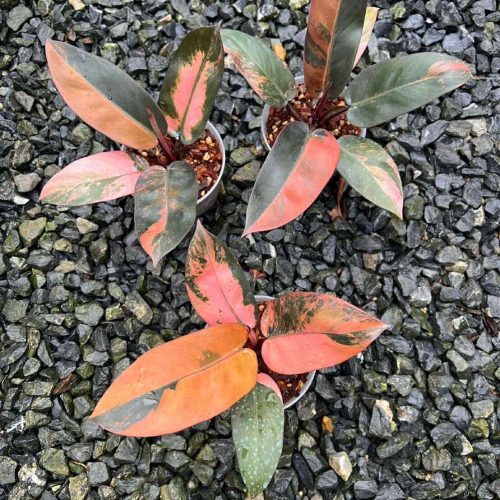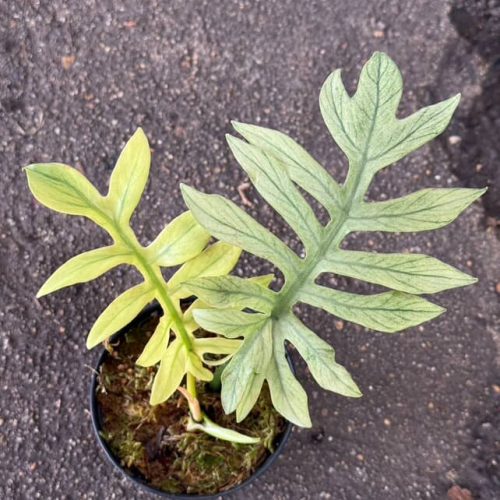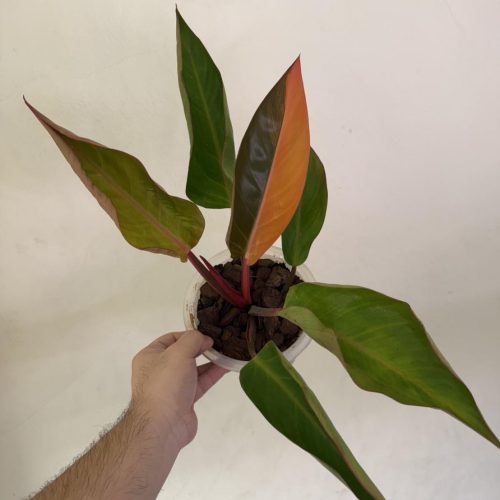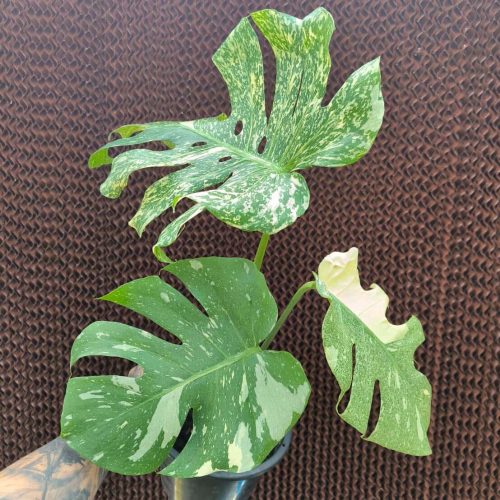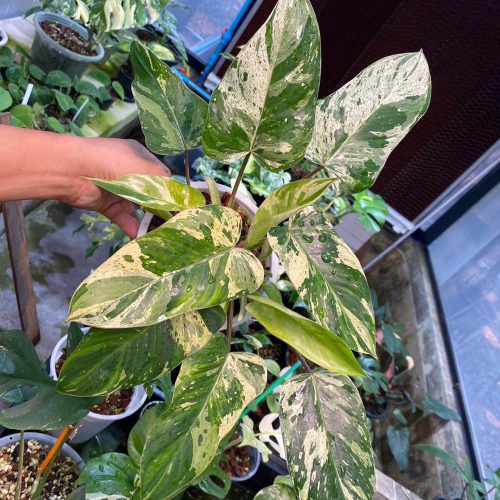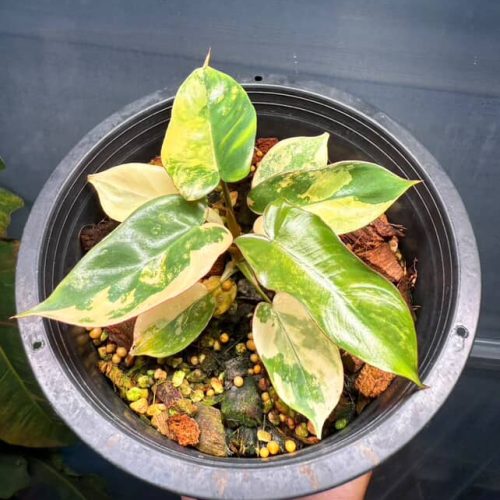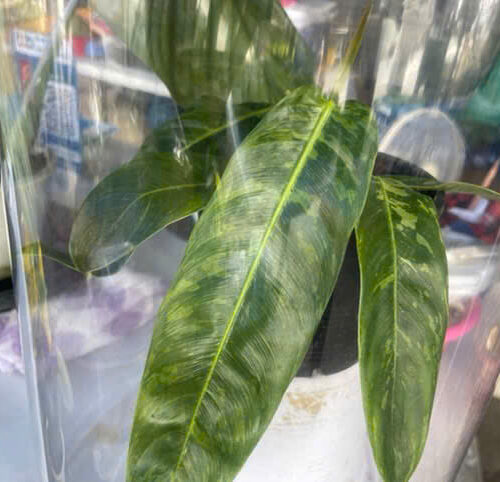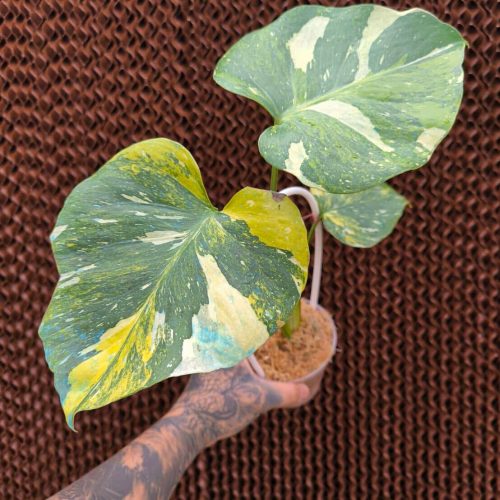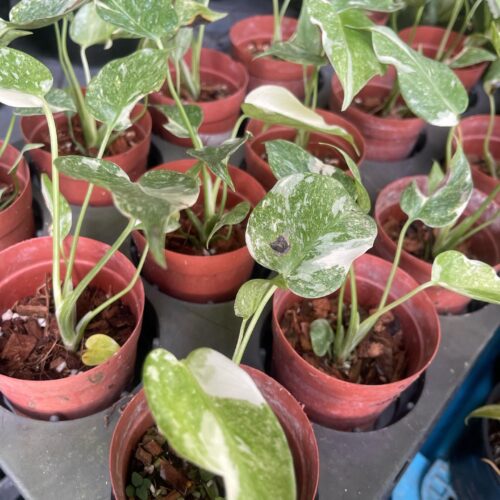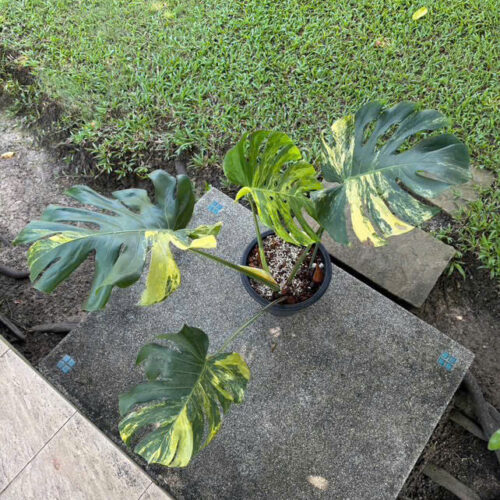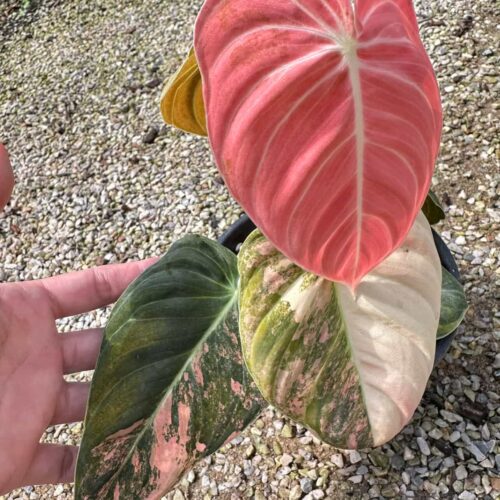Having brown, brittle leaves on your indoor plants can be worrying. However, don’t panic – this issue can often be easily fixed if you know the cause. Here are 5 of the most common reasons for indoor plant leaves turning brown and crispy, and what you can do about it.
Underwatering
Underwatering is one of the most common causes of brown, brittle leaves on indoor plants. When a plant doesn’t get enough water, the leaves start to dry out. The leaves will often turn brown at the tips and edges first, before the browning spreads across the entire leaf.
- Symptoms: Underwatered plants will have leaves that feel crisp or papery. The soil will also feel very dry to the touch.
- Solution: Give your plant a good, thorough watering. Water until it runs out the drainage holes at the bottom of the pot. After watering, the leaves may remain brown and brittle, but new green growth should start emerging within a week or two if underwatering was the issue.
- Prevention: Check the soil moisture regularly by poking your finger into the top few inches of soil. Water whenever the top inch or two of soil feels dry. The exact watering frequency will vary depending on factors like the plant variety, pot size, time of year, and indoor conditions. Similar care tips apply to plants like Epipremnum and Syngonium.
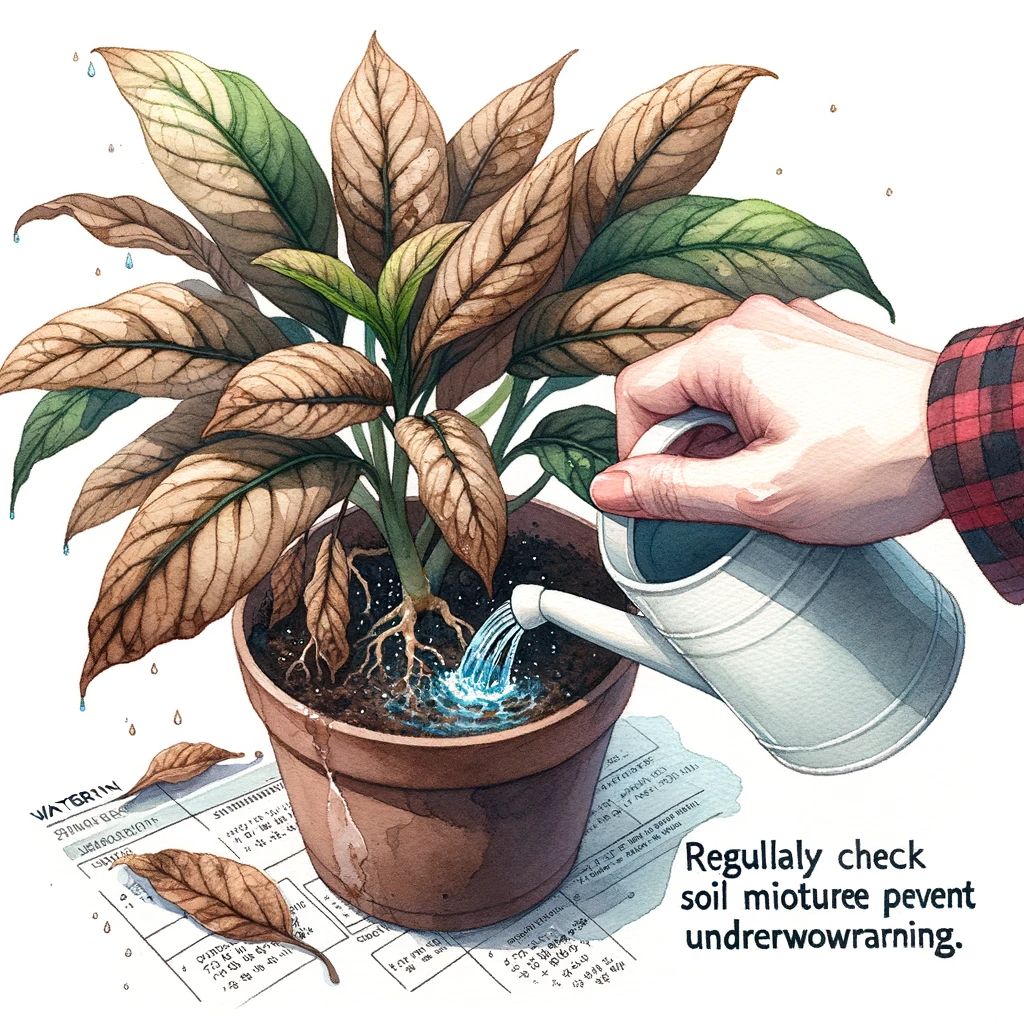
Overwatering
While underwatering causes leaves to dry out, overwatering causes them to wilt and turn mushy before turning brown.
- Symptoms: With overwatering, the leaves first start to yellow and droop. Over time, the mushy, yellow leaves turn brown. The soil will be soggy and stay wet for a long time after watering. Overwatered plants often start to drop leaves rapidly.
- Solution: Stop watering the plant for some time and allow the soil to fully dry out. Gently remove any mushy or rotten roots and repot the plant in fresh, dry soil if necessary.
- Prevention: Allow the soil to partially dry out between waterings. Avoid watering on a strict schedule. Instead, check the soil moisture and only water when the top few inches of soil are slightly dry. Ensure the pot has drainage holes and that any saucer underneath is emptied of excess water after 30 minutes so the plant doesn’t sit in soggy soil. These practices are also beneficial for Philodendron and Homalomena.

Low Humidity
Many common houseplants are tropical plants that prefer high humidity. When indoor air is very dry, it can cause the leaf tips and margins to turn brown and crispy.
- Symptoms: This issue often first appears on the oldest leaves. Other than the brown, crispy edges, the leaves may look healthy otherwise.
- Solution: To increase humidity for your plants, use a pebble tray, humidifier, or group plants together. Misting plants daily also helps increase local humidity.
- Prevention: If low humidity was the cause of browning leaves, you should see improved leaf health within a week or two after increasing humidity. Trim off any severely damaged leaves, but otherwise, the plant should recover well. Aglaonema and Colocasia also thrive with similar humidity levels.
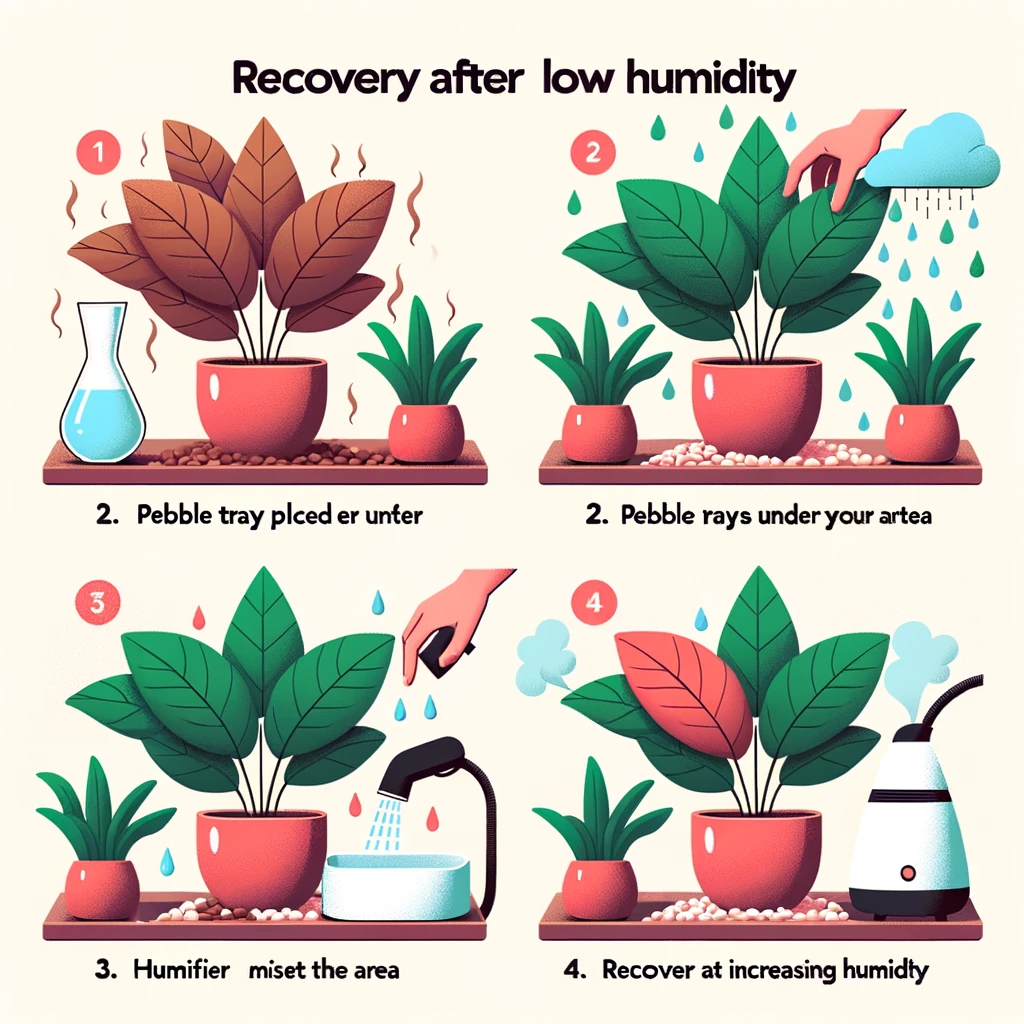
Fertilizer Burn
Using too much fertilizer or applying it too frequently can burn the leaves and cause brown spots or streaks.
- Symptoms: The salts in the fertilizer build up over time and cause damage to the roots and leaves. Fertilizer burn often first appears as a drying or browning of the leaf tips and margins.
- Solution: Thoroughly flush the soil by watering the plant heavily in order to wash out excess fertilizer salts. Repot in fresh soil if necessary.
- Prevention: After treatment, avoid fertilizing for a few months to allow the plant to recover. When you resume fertilizing, dilute the fertilizer to half strength and apply no more than monthly. Similar fertilization care should be given to Sansevieria and Zamioculcas zamiifolia – ZZ plant.
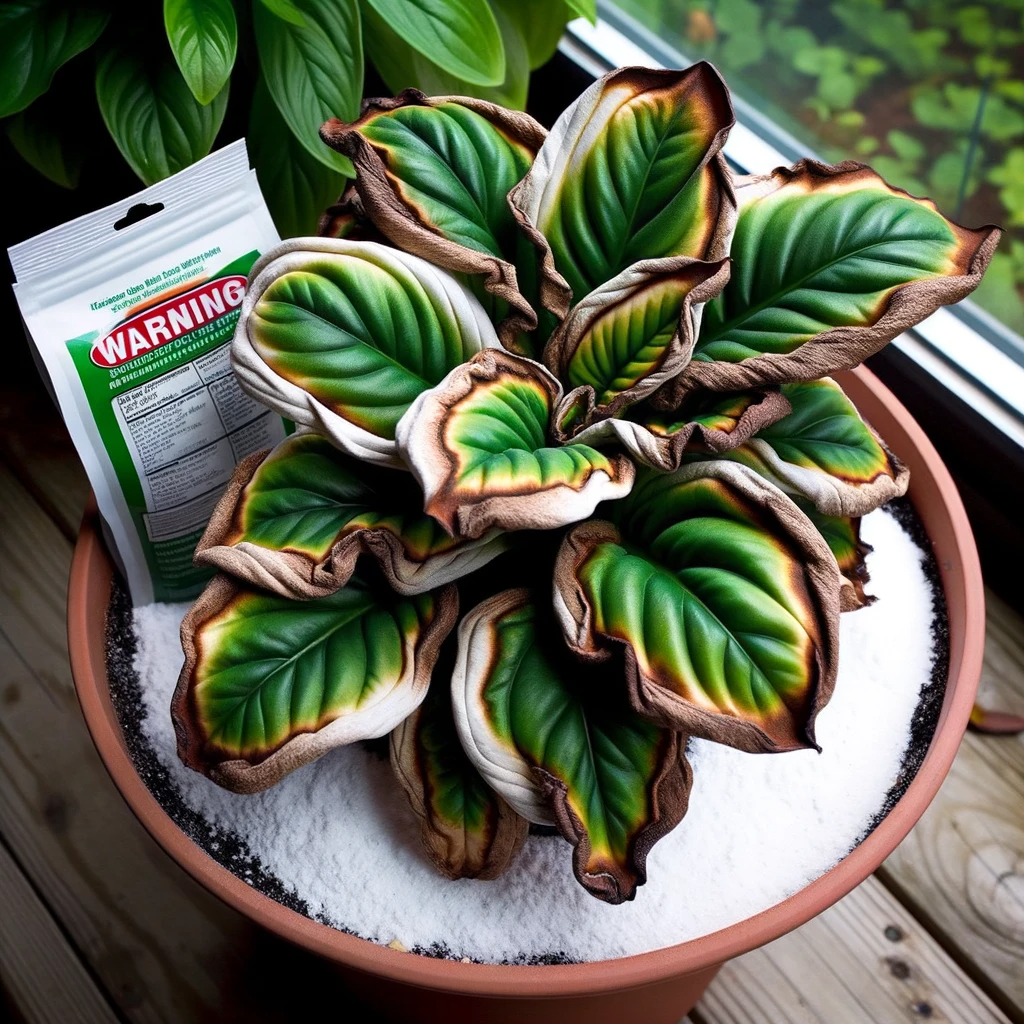
Pests and Diseases
Insect infestations and fungal or bacterial diseases can also cause indoor plant leaves to turn brown.
- Symptoms: Common culprits include spider mites, mealybugs, powdery mildew, botrytis, and more. Check the undersides of leaves and stems closely for any signs of bugs or abnormal growths.
- Solution: Isolate and treat affected plants to prevent the spread of disease. Prune off any severely damaged leaves and stems.
- Prevention: Provide proper growing conditions, avoid overcrowding, prune plants when needed, and inspect regularly. Catching problems early makes treatment much easier. Both chemical and natural options like neem oil can be used to control most common indoor plant pests and diseases. These measures are also effective for plants like Dischidia and Fern (Platycerium).
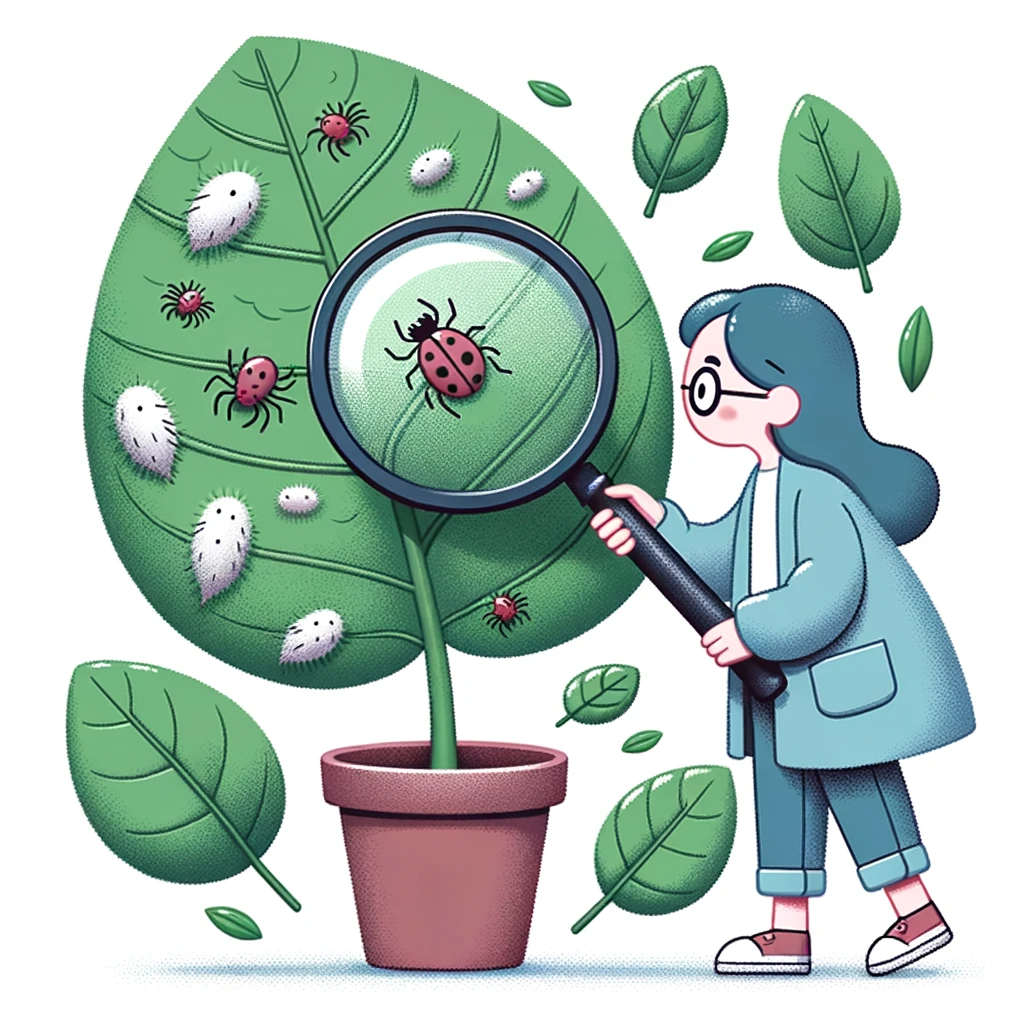
Indoor Plant species are the most sought after by aroid plant lovers
Conclusion
Indoor plants are an excellent addition to any home or office space. However, they require proper care and attention to thrive. One of the most common issues with indoor plants is brown leaves, which can be caused by a range of factors such as overwatering, underwatering, improper lighting, and pests/diseases.
To prevent brown leaves, it’s crucial to provide the right growing conditions for your plant, including appropriate watering, lighting, and fertilization. Regular inspection of your plants is also essential to catch any problems early, such as insect infestations or fungal diseases. Using natural remedies like neem oil or chemical treatments can help control these issues before they become severe.
By following these tips, you can ensure your indoor plants remain healthy and vibrant, providing a beautiful touch to your living or working space.
FAQs
-
Is underwatering causing my plant’s leaves to turn brown and brittle? Yes, underwatering is a common culprit. When plants don’t receive enough water, the leaves lose moisture and become dry, brittle, and eventually turn brown. Check the soil moisture regularly and water your plants thoroughly when the top inch of soil feels dry.
-
Can overwatering lead to brown and brittle leaves? Absolutely. Overwatering can suffocate the roots, preventing them from absorbing water and nutrients. This leads to stress, causing the leaves to turn brown and brittle. Ensure your pots have drainage holes and allow the soil to dry out slightly between waterings.
-
Could low humidity be the reason for my plant’s brown and brittle leaves? Yes, especially during dry seasons or in heated homes, low humidity can cause leaves to lose moisture rapidly, resulting in browning and brittleness. Increase humidity by misting the leaves, using a humidifier, or placing a pebble tray with water under the pot.
-
Are pests or diseases responsible for the brown and brittle leaves on my plant? Pests like spider mites or diseases like fungal infections can damage plant leaves, causing them to turn brown and brittle. Inspect your plants regularly for any signs of pests or diseases and treat them promptly to prevent further damage.
-
Can excessive fertilizer cause brown and brittle leaves? Yes, over-fertilizing can burn the roots and lead to brown, brittle leaves. Follow the recommended dosage on the fertilizer label and fertilize only during the growing season. If you suspect over-fertilization, flush the soil with water to remove excess salts.

